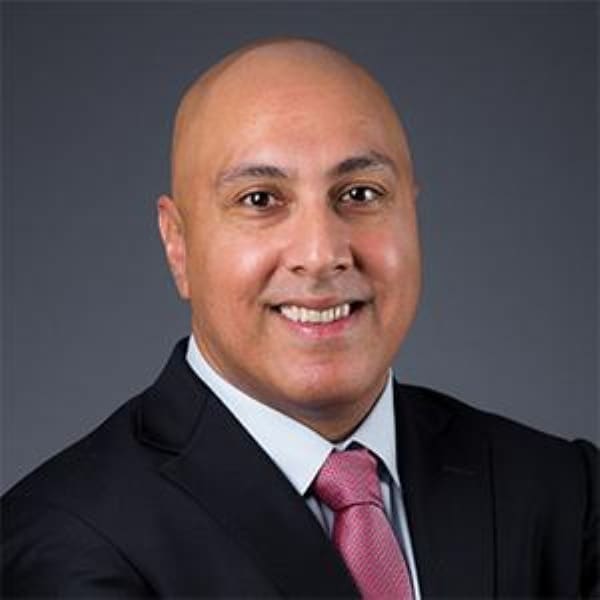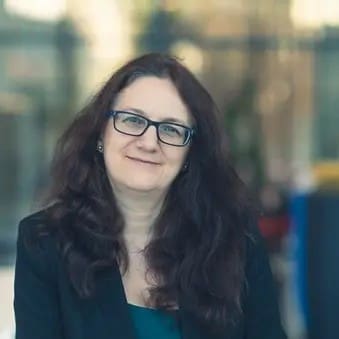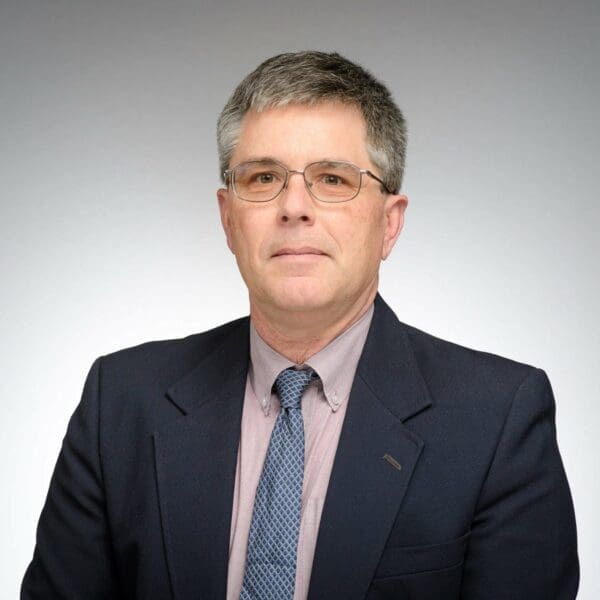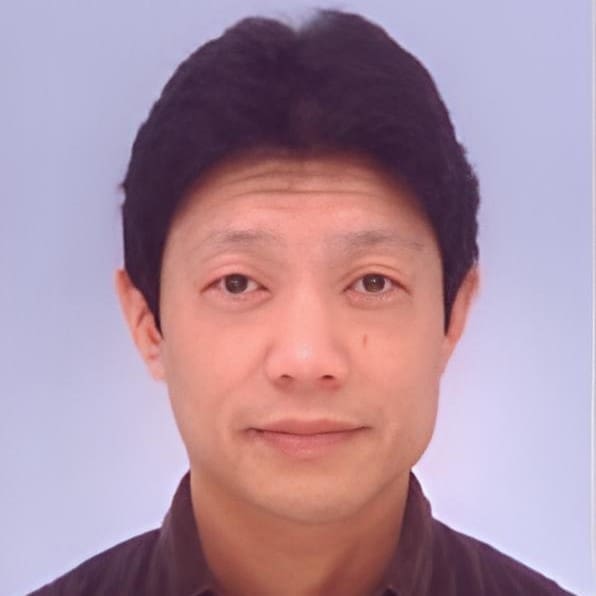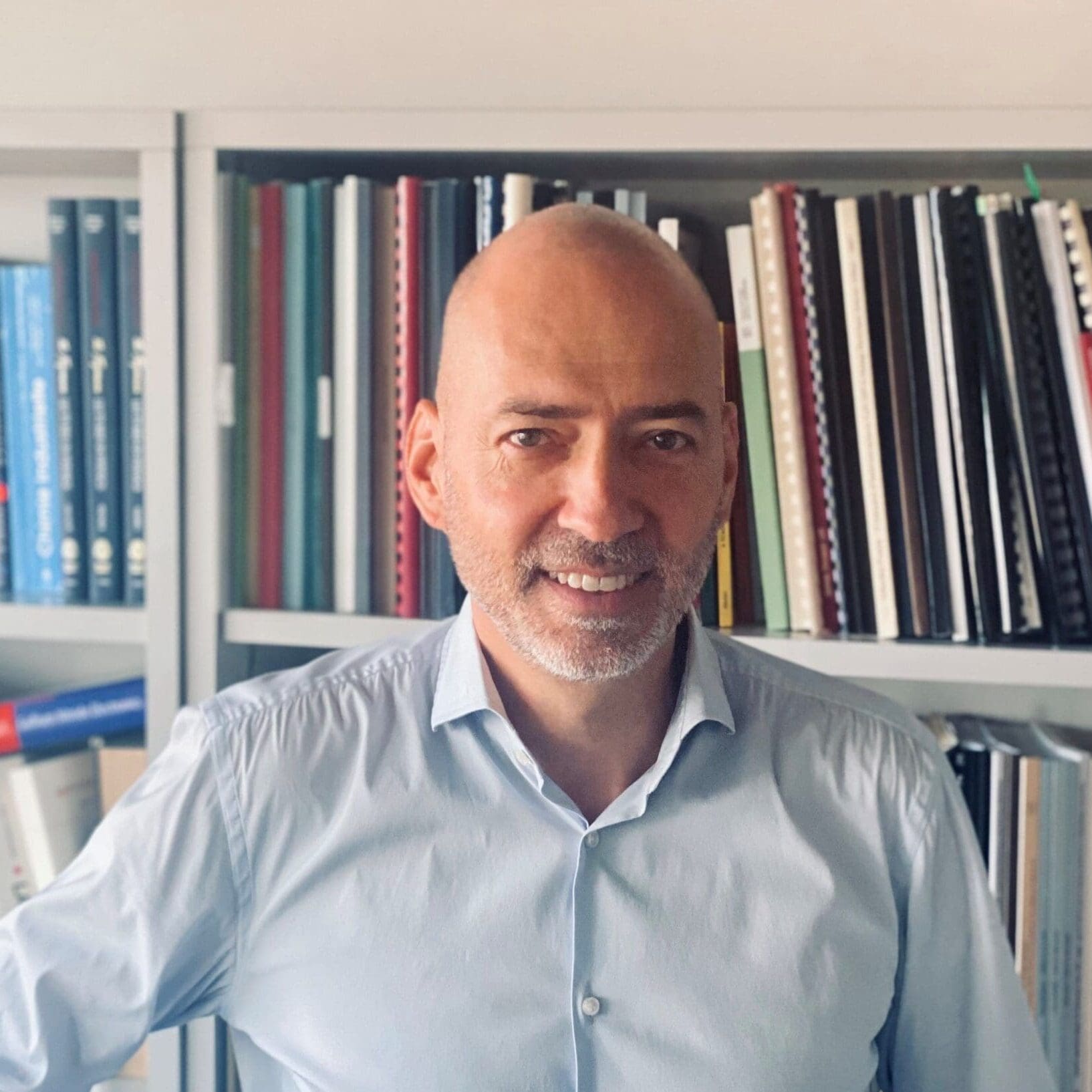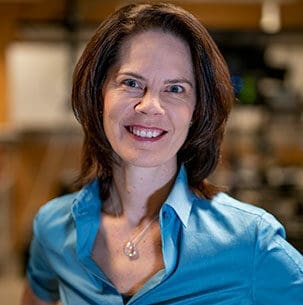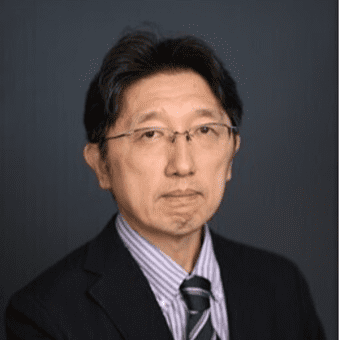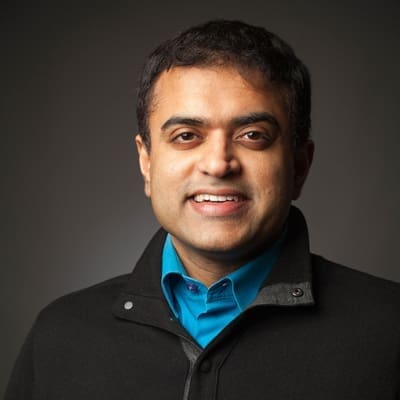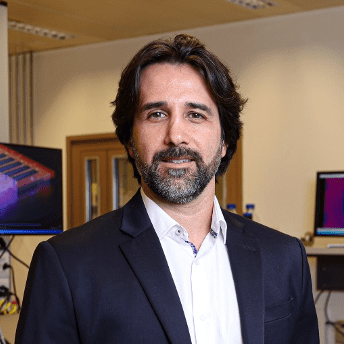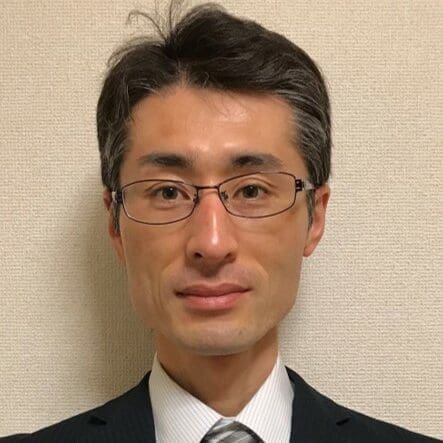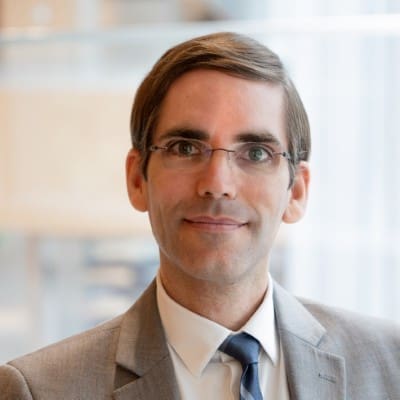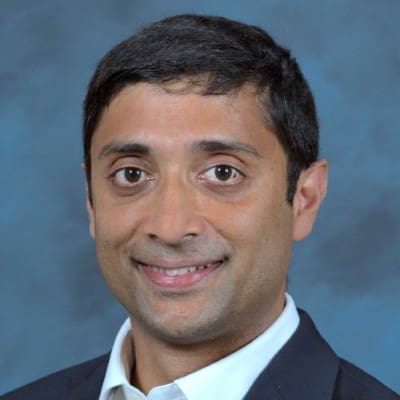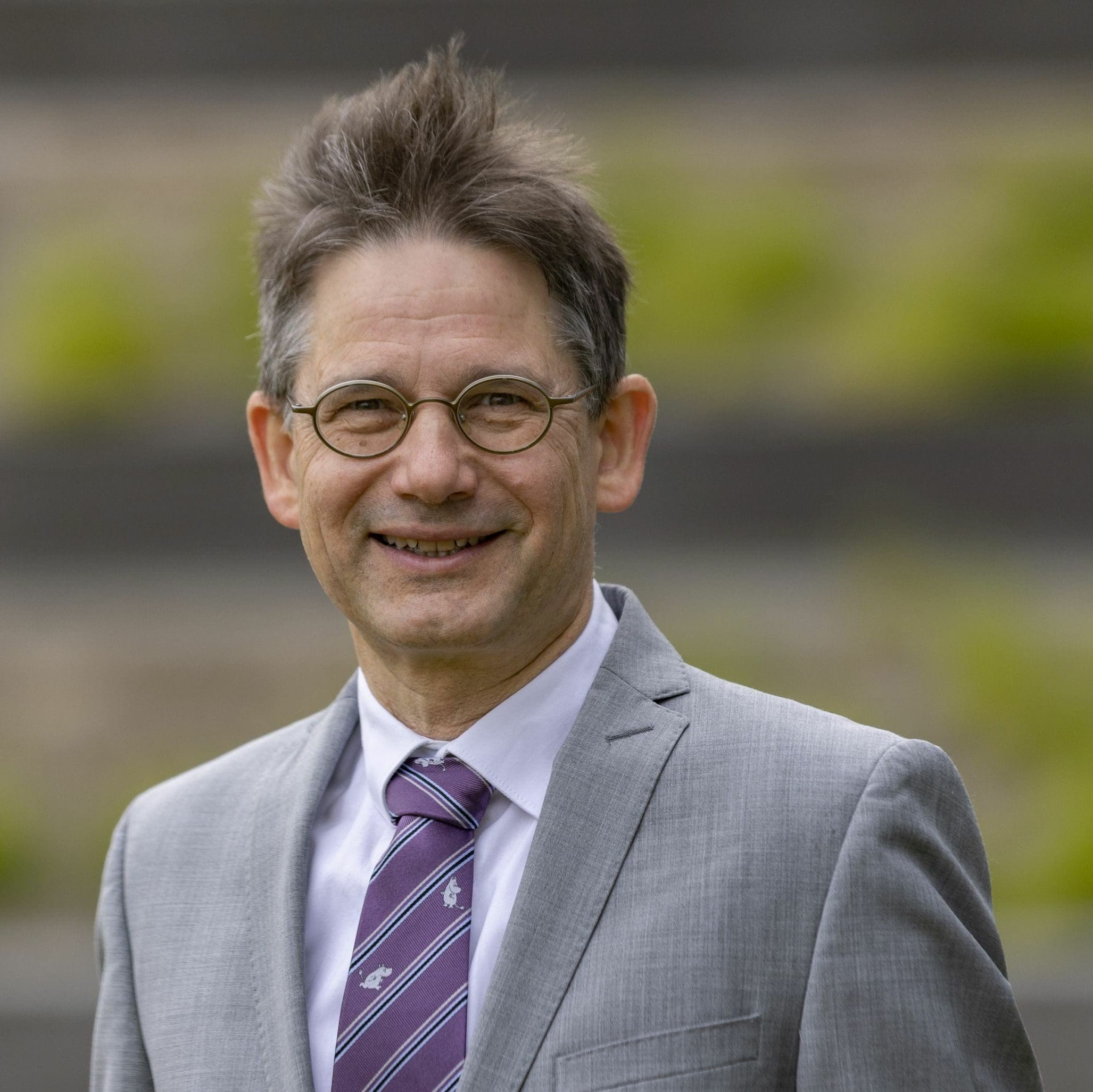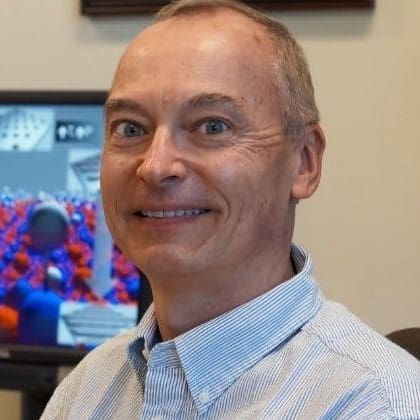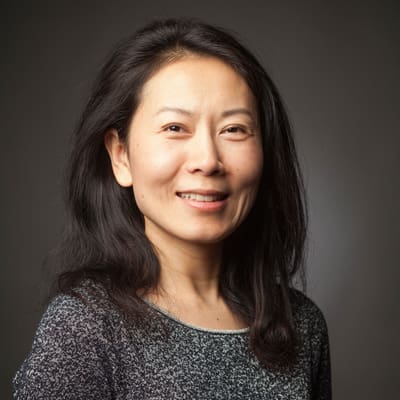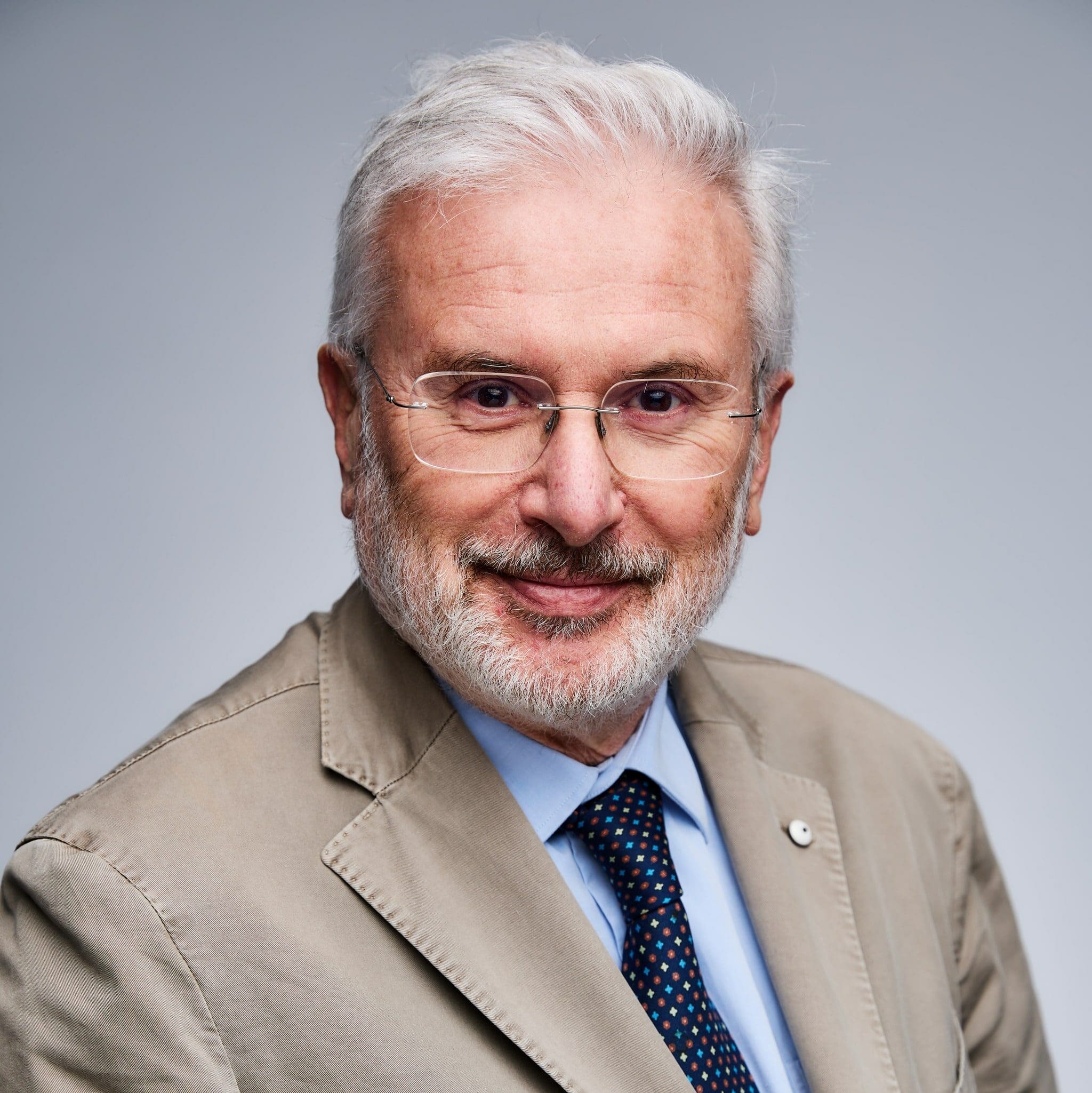These Are
Our Keynote Speakers...
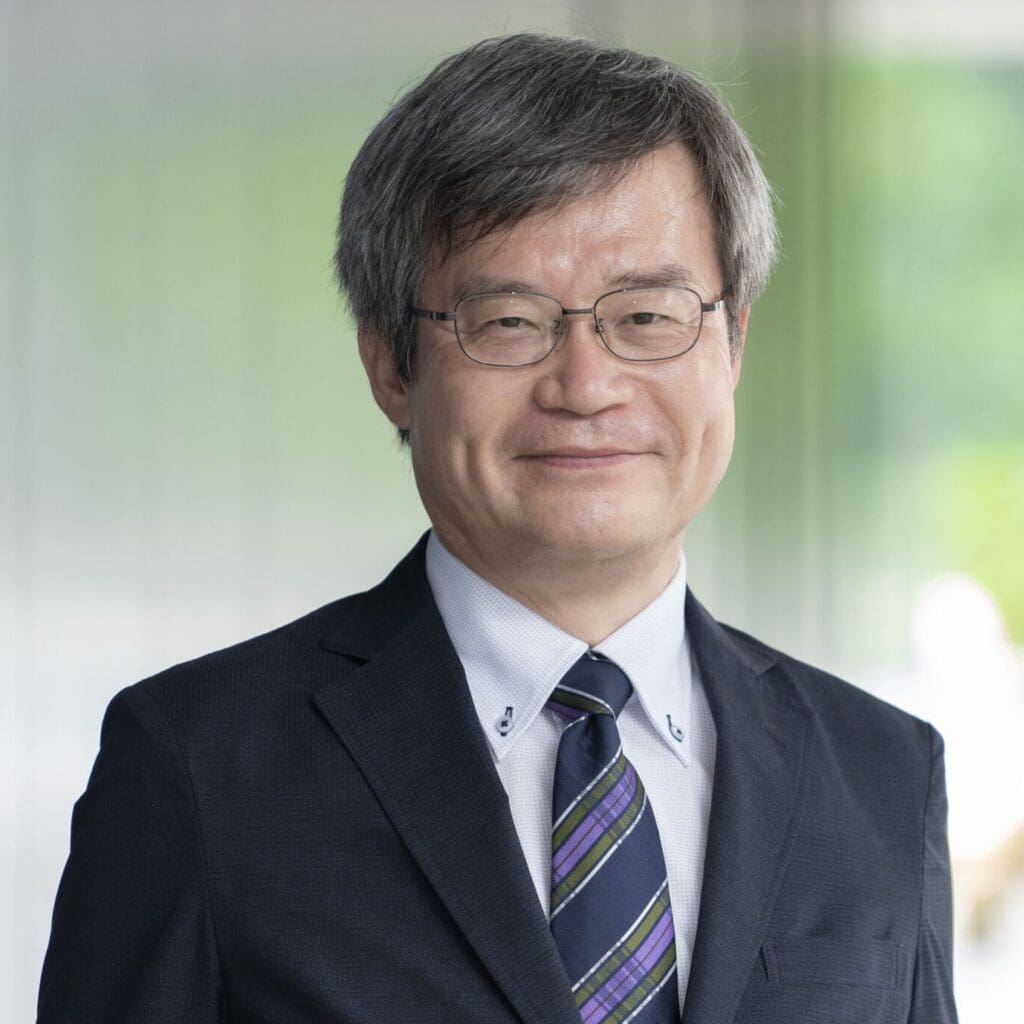
Hiroshi Amano
Nagoya University
Emerging Functionalities in Nitride Semiconductors Enabled by Ferroelectric Materials
Professor Hiroshi Amano received Doctor of Engineering from Nagoya University. Currently he is a Director, Center for Integrated Research of Future Electronics, and a Professor, Institute of Materials and Systems for Sustainability, Nagoya University.
He shared the 2014 Nobel Prize in Physics with Prof. Isamu Akasaki and Prof. Shuji Nakamura “for the invention of efficient blue light-emitting diodes which has enabled bright and energy-saving white light sources”.
He is currently developing technologies for the fabrication of high-efficiency power semiconductor development and new energy-saving devices at Nagoya University.
BIOGRAPHY
Professor Hiroshi Amano received Doctor of Engineering from Nagoya University. Currently he is a Director, Center for Integrated Research of Future Electronics, and a Professor, Institute of Materials and Systems for Sustainability, Nagoya University.
He shared the 2014 Nobel Prize in Physics with Prof. Isamu Akasaki and Prof. Shuji Nakamura “for the invention of efficient blue light-emitting diodes which has enabled bright and energy-saving white light sources”.
He is currently developing technologies for the fabrication of high-efficiency power semiconductor development and new energy-saving devices at Nagoya University.
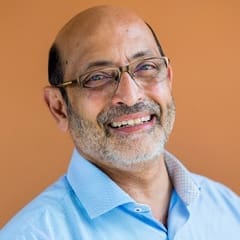
Umesh Mishra
University of California - Santa Barbara
The many faces of GaN
Professor Mishra joined ECE Department at the University of California, Santa Barbara in 1990 from the Department of Electrical and Computer Engineering at North Carolina State University. A recognized leader in the area of high-speed field effect transistors, Dr. Mishra has made major contributions at every laboratory and academic institution for which he has worked, including: Hughes Research Laboratories in Malibu, California; the University of Michigan at Ann Arbor; and General Electric, Syracuse, New York. His current research areas attempt to develop an understanding of novel materials and extend them into applications. He is the Director of the AFOSR PRET Center for Non-Stoichiometric Semiconductors and of the ONR MURI Center (IMPACT), which relates to the application of SiC and GaN based transistors for power amplification. (Source)
BIOGRAPHY
Professor Mishra joined ECE Department at the University of California, Santa Barbara in 1990 from the Department of Electrical and Computer Engineering at North Carolina State University. A recognized leader in the area of high-speed field effect transistors, Dr. Mishra has made major contributions at every laboratory and academic institution for which he has worked, including: Hughes Research Laboratories in Malibu, California; the University of Michigan at Ann Arbor; and General Electric, Syracuse, New York. His current research areas attempt to develop an understanding of novel materials and extend them into applications. He is the Director of the AFOSR PRET Center for Non-Stoichiometric Semiconductors and of the ONR MURI Center (IMPACT), which relates to the application of SiC and GaN based transistors for power amplification. (Source)
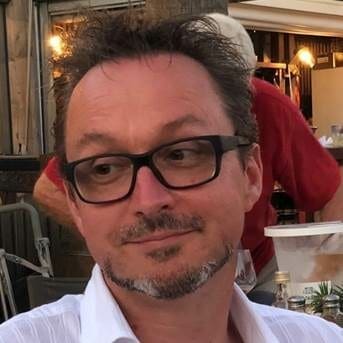
Antony Sanders
Infineon Technologies Austria AG
Integrated GaN Partitioning: Challenges and Solutions
Anthony (Tony) Fraser Sanders is a Distinguished Engineer within the PSS Division of Infineon Technologies. Anthony is an IC Architecture responsible for over seeing PSS’s IC developments and defining Infineon’s next generation of IC Technologies.
Anthony earned a Bachelor Degree with Honors in Electrical and Electronic Engineering from the University of Nottingham in 1991 and joined Infineon Technologies, formerly Siemens HL, in 1996.
He authored 48 patents, written 18 papers and publications and contributed to two books across a wide range of design aspects from statistical analysis, high speed interfaces to power control. He chaired a number of JEDEC, OIF and IEEE Standards Groups and his current research focus on modelling of complex system and technologies.
BIOGRAPHY
Anthony (Tony) Fraser Sanders is a Distinguished Engineer within the PSS Division of Infineon Technologies. Anthony is an IC Architecture responsible for over seeing PSS’s IC developments and defining Infineon’s next generation of IC Technologies.
Anthony earned a Bachelor Degree with Honors in Electrical and Electronic Engineering from the University of Nottingham in 1991 and joined Infineon Technologies, formerly Siemens HL, in 1996.
He authored 48 patents, written 18 papers and publications and contributed to two books across a wide range of design aspects from statistical analysis, high speed interfaces to power control. He chaired a number of JEDEC, OIF and IEEE Standards Groups and his current research focus on modelling of complex system and technologies.
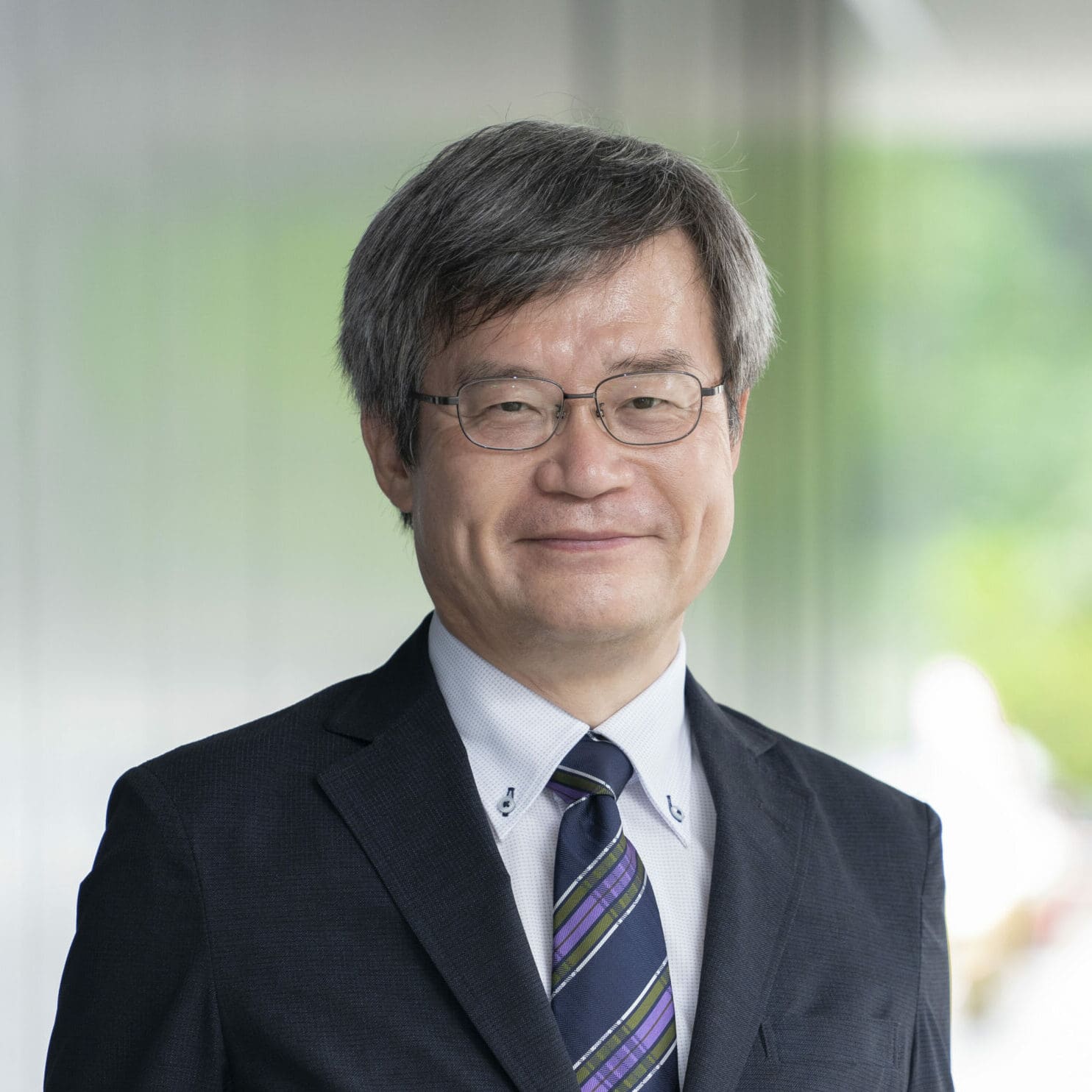
Hiroshi Amano
Nagoya University
Emerging Functionalities in Nitride Semiconductors Enabled by Ferroelectric Materials
BIOGRAPHY
Professor Hiroshi Amano received Doctor of Engineering from Nagoya University. Currently he is a Director, Center for Integrated Research of Future Electronics, and a Professor, Institute of Materials and Systems for Sustainability, Nagoya University.
He shared the 2014 Nobel Prize in Physics with Prof. Isamu Akasaki and Prof. Shuji Nakamura “for the invention of efficient blue light-emitting diodes which has enabled bright and energy-saving white light sources”.
He is currently developing technologies for the fabrication of high-efficiency power semiconductor development and new energy-saving devices at Nagoya University.

Umesh Mishra
University of California - Santa Barbara
Revisiting the physics of InGaN LEDs: Myths and facts
BIOGRAPHY
Professor Mishra joined ECE Department at the University of California, Santa Barbara in 1990 from the Department of Electrical and Computer Engineering at North Carolina State University. A recognized leader in the area of high-speed field effect transistors, Dr. Mishra has made major contributions at every laboratory and academic institution for which he has worked, including: Hughes Research Laboratories in Malibu, California; the University of Michigan at Ann Arbor; and General Electric, Syracuse, New York. His current research areas attempt to develop an understanding of novel materials and extend them into applications. He is the Director of the AFOSR PRET Center for Non-Stoichiometric Semiconductors and of the ONR MURI Center (IMPACT), which relates to the application of SiC and GaN based transistors for power amplification. (Source)

Antony Sanders
Infineon Technologies Austria AG
Integrated GaN Partitioning: Challenges and Solutions
BIOGRAPHY
Anthony (Tony) Fraser Sanders is a Distinguished Engineer within the PSS Division of Infineon Technologies. Anthony is an IC Architecture responsible for over seeing PSS’s IC developments and defining Infineon’s next generation of IC Technologies.
Anthony earned a Bachelor Degree with Honors in Electrical and Electronic Engineering from the University of Nottingham in 1991 and joined Infineon Technologies, formerly Siemens HL, in 1996.
He authored 48 patents, written 18 papers and publications and contributed to two books across a wide range of design aspects from statistical analysis, high speed interfaces to power control. He chaired a number of JEDEC, OIF and IEEE Standards Groups and his current research focus on modelling of complex system and technologies.


